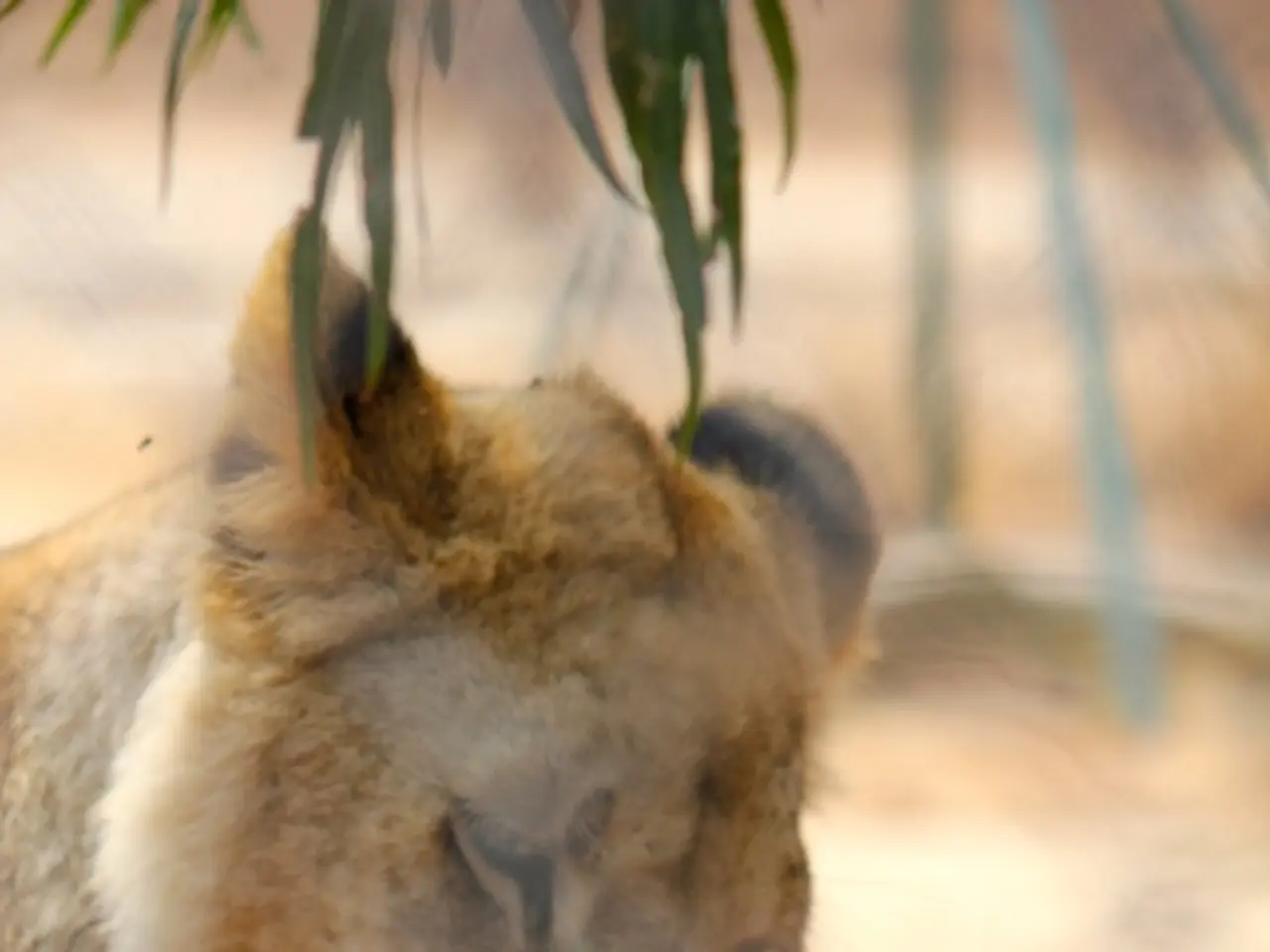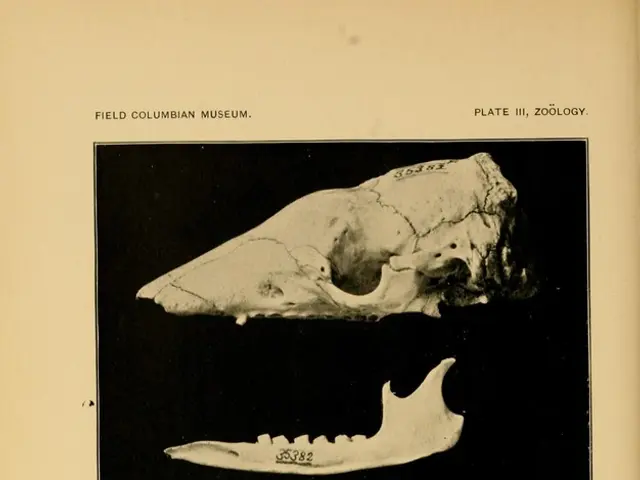UC Davis Study Warns of Rodenticide Risks to CA Wildlife, Blue Pigs Signal Exposure
A recent study from UC Davis has highlighted the risks of rodenticide contamination to non-target wildlife in California. Meanwhile, unusual sightings of blue-colored wild pigs have raised concerns about pesticide exposure.
The 2018 study, conducted by the Wildlife Health Center at UC Davis, revealed alarming figures: 8.3% of wild pig and 83% of bear tissue samples tested positive for anticoagulant rodenticides. These chemicals, like diphacinone, prevent blood clotting and cause internal bleeding in rodents, leading to their death.
Reports of blue-colored wild pigs have been flooding in to the California Department of Fish and Wildlife since March. This discoloration is believed to be a sign of exposure to diphacinone. While not always present, blue tissue and flesh can indicate rodenticide poisoning. Hobby hunters are urged to report any unusual findings and avoid consuming contaminated parts.
To mitigate these risks, pesticide users are advised to take precautions when applying rodenticides. This includes ensuring no non-target wildlife is in the area and using appropriate bait stations. An integrated pest management approach can also help reduce contamination risks. Further research is needed to understand the full extent of these issues and develop more effective solutions.






